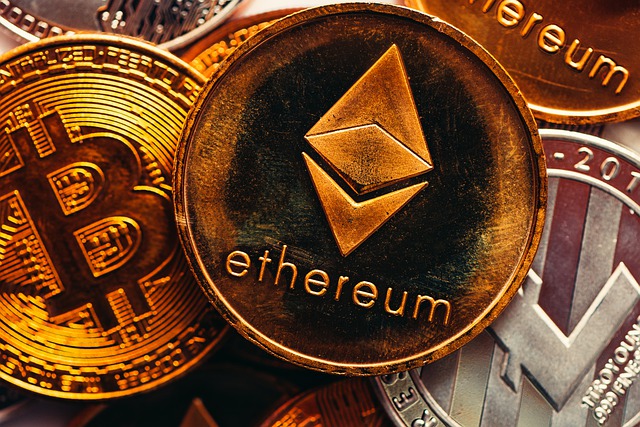Ethereum is a public blockchain that anybody can use to create decentralized apps, tokens, and spend digital currency. Because of its extensive features, Ethereum is a very accessible virtual computer, which is why it handles over 1 million transactions every day. Ethereum's widespread adoption is good for blockchain, but it's bad for the user experience. Why? If you used Ethereum in 2021, you know how slow and pricey it is. The answer to making Ethereum usable is layer 2 scaling solutions. Unlike Ethereum transactions, which can take up to 10 minutes and cost a significant amount of ETH in gas fees, L2 transactions are instantaneous and almost fee-free.
What is level 2 scaling?
Level 2 scaling solutions make Ethereum more affordable and faster for everyone. When you identify the Ethereum blockchain as Layer 1, it's simple to understand how they work. The Ethereum network is the main or primary chain, which means that all transactions take place on it. Ethereum's network capacity is limited because it is the primary chain. Its throughput is limited to 15 transactions per second. When there are too many users on the network, transactions become expensive and delayed due to Ethereum's performance ceiling. So, what does Ethereum's future hold? The upgrade, Ethereum 2.0, is projected to greatly improve the network's scaling speed, although it won't be released until 2023. As a result, Layer 2 scaling solutions have begun to emerge. Keep in mind that Ethereum is Layer 1, therefore imagine an Ethereum-connected Layer 2 on each side of the main chain. On an Ethereum-connected blockchain, L2s handle transactions (i.e., a sidechain.)
They then combine them with other transactions to form larger transactions (or rollup blocks.)Instead of sending many transactions to Ethereum, the rollup block is delivered in a single transaction. The transaction price for the rollup block is shared in the end, which is why the microtransactions that make up the rollup block are so inexpensive.
Flaws of level 2 scaling
The disadvantage of L2 scaling is that distinct side chains are not interoperable with one another. You must treat the side chains as independent markets because they are unable to communicate. In practice, this implies dividing your liquid assets between L2s or opting for one over the other. What if sidechain A develops momentum (more users) while sidechain B fails to gain traction? You don't want to miss out on lucrative transaction fee rewards, so allocate liquidity carefully. Another issue is security. In general, a main chain/Layer 1 blockchain like Ethereum is safer than a smaller network since the consensus process involves more liquidity.
The best Ethereum layer 2 projects
Polygon network
Polygon Network is a Layer 2 blockchain project that was previously known as Matic. The project earned praise and financial funding from Coinbase Ventures during its time as Matic, as well as a lot of adoption from smaller businesses. Polygon now supports most major DeFi protocols, including Aave, Curve, and Sushi. The Aave Polygon market aided in pushing Polygon's total worth to nearly $9 billion. QuickSwap, a decentralized exchange on Polygon that works similarly to Uniswap, has launched into the network's deep liquidity stores to offer users a low-cost alternative to Ethereum DEXes.On Polygon, transaction costs are almost non-existent.
Optimism
Optimism was rumored to be the greatest Ethereum scaling solution in production even before Polygon Network became popular. However, due to development delays, Optimism was unable to enter the market before Polygon. Fortunately, the delays in Optimism's production have had little impact on adoption rates. Uniswap, Synthetix, and the future Lyra crypto options exchange have all agreed to participate. That's not even taking into account a16z's support. Optimistic Ethereum, the project's main net, is already operational and running Uniswap V3. The Uniswap Optimism market has a total value of $6.5 billion locked in.
Arbitrum
Arbitrum is an Optimistic Rollup for scaling Ethereum smart contracts, similar to Polygon and Optimism. In other words, Arbitrum makes Ethereum more efficient and affordable for developers. During the test phases alone, decentralized software developers who use Ethereum spend a small fortune on smart contract executions. Arbitrum aims to assist developers in launching their Ethereum-based projects at a minimal cost. As early Arbitrum collaborators, plenty of big names appear. The protocol has been tested or launched by Uniswap, Sushi, and Consensys.
Published: 04/12/2022


